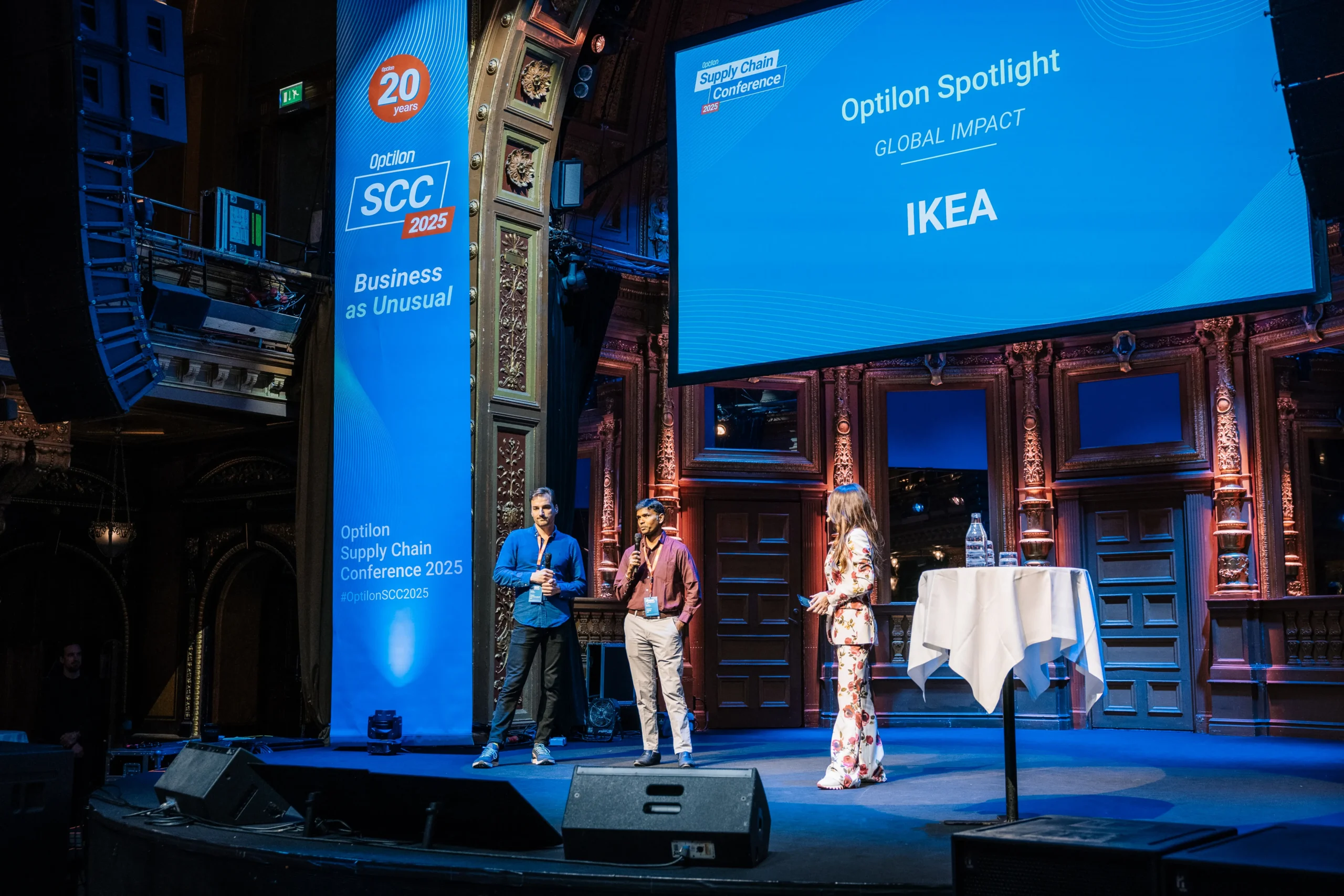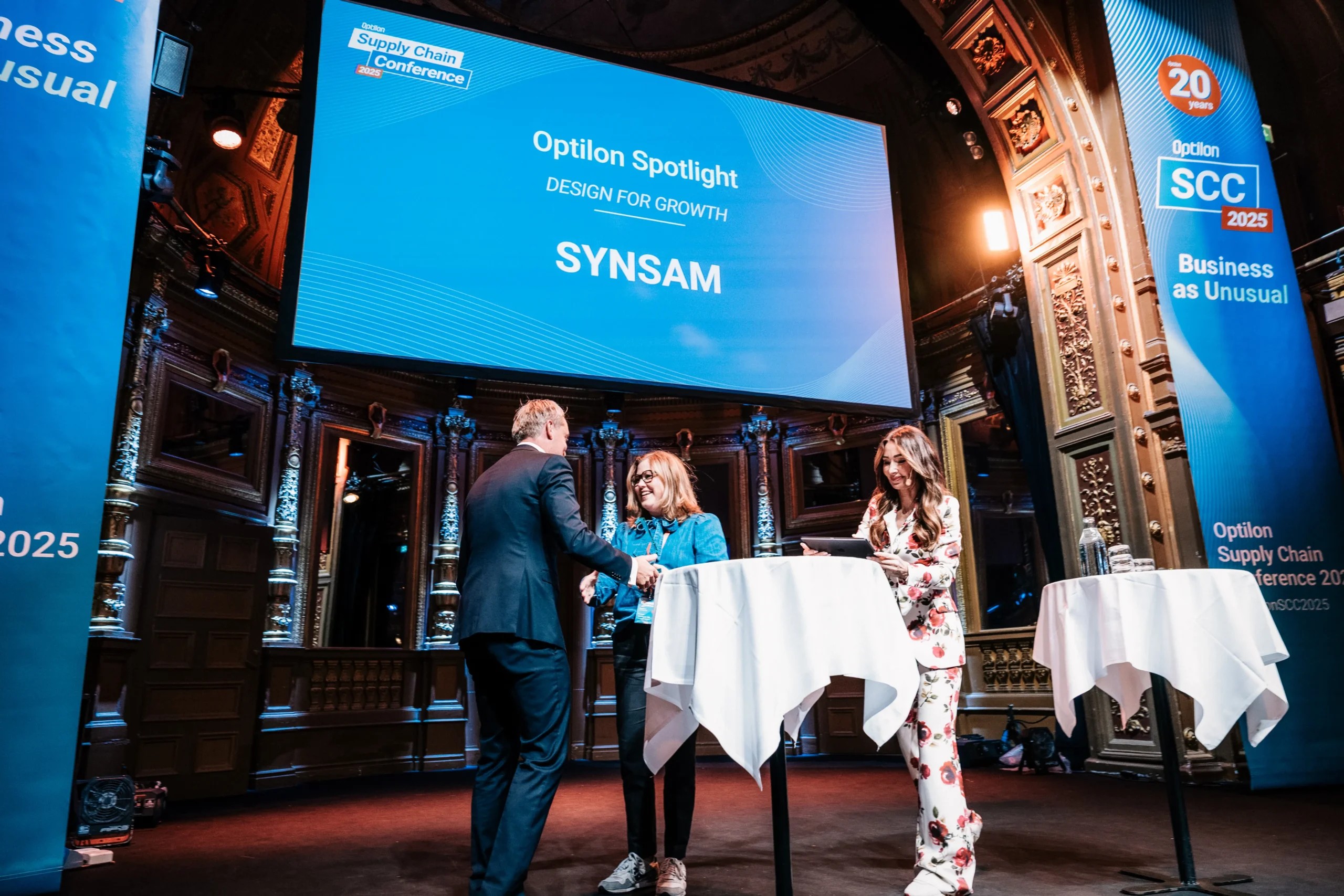The European Union’s Carbon Border Adjustment Mechanism (CBAM) is transforming how global supply chains account for their carbon footprint. For companies with any upstream activity touching the EU, either directly through exports or indirectly through materials embedded in products, CBAM is no longer a distant policy issue. It is becoming an operational requirement starting next year.
What exactly is CBAM, and why now?
CBAM is the EU’s new system for pricing the carbon emissions embedded in certain imported goods. It complements the EU Emissions Trading System (EU ETS) by ensuring that foreign producers face a similar carbon cost as EU manufacturers.
In other words, if you want to sell carbon-intensive products into the EU, you must disclose their emissions and pay a carbon price if those emissions exceed certain benchmarks.
Why CBAM matters for supply chains
1. Trade flow optimization
Expect shifts in sourcing:
- Low-carbon producers gain an advantage
- High-emission exporters may lose access to EU markets
- Some suppliers may begin relocating part of production to regions with cleaner energy mixes
2. Procurement costs will change
CBAM effectively acts as a carbon surcharge on high-emission products.
Procurement teams must model:
- Carbon-adjusted landed cost
- Supplier switching scenarios
- Credit for foreign carbon taxes
- Long-term price competitiveness of low-carbon materials
3. Data transparency becomes mandatory
Supply chains must now trace production emissions for materials that previously moved freely without environmental disclosure.
This introduces:
- New data-sharing requirements
- Standardized emissions reporting formats
- Need for third-party verification
How can Optilon help your organization maintain or increase competitiveness?
Naturally, your compliance department will get some additional work. Beyond that, we are looking at a world where certain trade routes of goods will have a change in cost. This may lead to a series of secondary consequences that may be tricky to overview without taking a serious approach to how an organization’s supply chain looks.
As an example, an increase in costs from non-EU countries may make it more cost-efficient to utilize different trade routes, which in turn may introduce new needs for consolidation or de-consolidation points in the supply chain network. Other suppliers may become more competitive in relative terms, opening completely new sourcing alternatives. If you are a company using co-load setups, this could also be affected.
One way to investigate how such events or adjustments in complex global supply chains impact organizations is by making use of Network Design methodology. This is a methodology where organizations charter digital representations of their supply chains on a relevant level of detail with the goal of understanding how adjustments impact the current or future supply chain network.
A key component when engaging in network design is the use of scenario planning. This is particularly useful when investigating a series of different what-if scenarios and to ensure that results are not too sensitive to change (such as a change in demand). A scenario-driven approach in network design is an excellent way to explore what could be the optimal supply chain design.
Optilon helps companies to establish this capability, and we work with customers at different degrees of engagement, such as advising, model building, change management, and operational execution.



